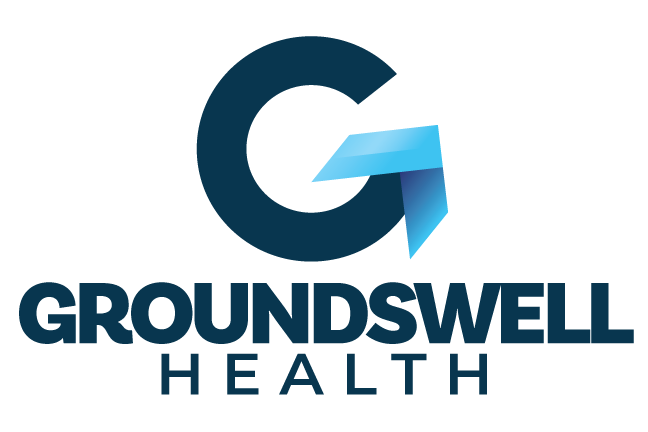The 2020 General Election is less than a year away. That means that shortly thereafter, bill filing will begin for the 87th Texas Legislature, and legislators will be busy tending to promises made during campaigns.
Is your organization doing everything it needs to in this critical year to maximize advocacy efforts and ensure legislative successes when January 2021 rolls around?
The interim in Texas … NOW … is the best time to get an advocacy communications strategy developed and implemented.
Successful organizations take advantage of this time to do six things:
- Nail down your organization’s policy priorities:
This shouldn’t be a year-over-year collection of to-dos or wishes. It should be a strategic, curated blueprint of desired policy outcomes … and avoidances. This blueprint will guide all messaging.
2. Focus on the fundamentals:
- Create solid and easily digestible messaging on each of the priorities.
- Build easily navigated and understandable pages on your website for each of the priorities with links to background information.
- Engage candidates and lawmakers when they are home. Attend town halls; invite them to your organization to see your work in person.
- Target your online audience.
This blog on the lessons the Washington Nationals’ World Series victory has for advocacy is a good reminder of the need to double down on the basics.
3. Disseminate messages through multiple channels and with frequency.
Health care issues are complicated. For lawmakers who don’t work in the industry, frequent exposure to the messages is essential.
4. Have a robust digital plan.
Digital strategy merits its own bullet point here because it is a must-have. But, it also must be an appropriately and strategically used tool in the service of your priorities and messages.
Read more on the weakness and vulnerability of even the most effective organizations in social media performance, despite its high-value impact.
5. Engage every member of the C-suite on the priorities.
Regardless of their role, every member of the C-suite should be conversant in the organization’s priorities.
Identify opportunities throughout the year for each to speak or write publicly on the organization’s priorities.
6. Make sure all the organization’s employees understand the policy priorities.
No, they’re not all going to be lobbyists, but failing to engage them as an army of advocates is a mistake.
They are employees of your organization, but they also are members of churches, volunteers in community groups and schools, and, most importantly, they are constituents. They have conversations in their communities that have the potential to be highly influential, if they have the necessary knowledge and facts of how policy impacts their ability to do their jobs.
Read more about how employees are every organization’s greatest, yet untapped, advocacy asset in this whitepaper and in our blog.
Contact Groundswell Health for help in building your organization’s advocacy communications fundamentals. We build and implement plans for organizations of all sizes. We want to work with you.
See what else Groundswell Health is working on in healthcare >>
SAY LESS: Mastering the Art of Concise Communication #WhatWe’reReading
By Jovi Guerra, Communications Manager | Groundswell Health 📖 Smart Brevity: The Power of Saying More with Less Co-creators
Move Fast and Break Things is no way to Think About AI #WhatWe’reReading
By Steven Carr Communications Manager | Groundswell Health From Asimov to Heinlein to Cameron, I’ve read and watched all manner
The Business and Recent History of the New York Times #WhatWe’reReading
I’m an avid reader of news, in all forms. I particularly love newsprint still. I’m the one. It’s me. I
Pushing back against the daily grind #WhatWe’reReading
I’m mostly a fiction reader, but I have a particular affinity for the strategy and management articles in Harvard Business





